There are many cost effective ways to keep your home insulated, not just for the winter months, but for energy saving all year round. Keeping your house properly insulated can save you money and increase your property value, especially over time so here are some tips on how to insulate your attic and home so as to keep your heating costs lower than you ever thought possible!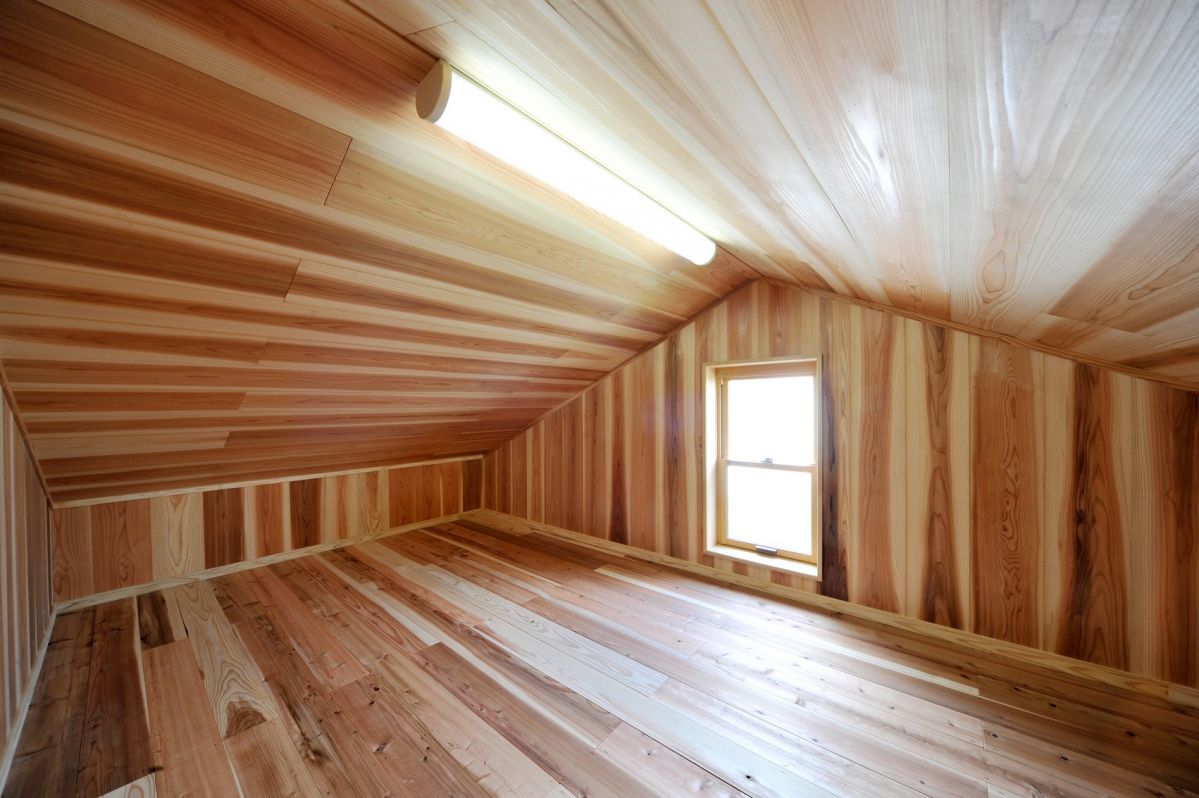
- Firstly, you should determine what amount or type of insulation your home has. This could be anything from fiberglass to rigid foam, or even loose-fill cellulose. And then find out how much of that material is where. For most homes, insulation is provded by fiberglass laid out in the attic. However, more and more houses are beginning to have cellulose filling in the cracks and nooks where fiberglass insulation can’t reach.
- One of the less popular options to insulate an attic is not to use it as storage space. Most homes find some sort of balance between the insulation and plywood situation, but to be truly efficient, an entire attic of fiberglass will save you the most money in the long run.
- Get rid of any insulation material that’s compressed, moldy, or show signs of water damage. That insulation is no longer effective and will not work as intended. Additionally, be on the lookout for any lightweight, grainy, loose-looking insulation with shiny flecks (especially in homes built before 1990). This could be vermiculite from a mine with asbestos deposits. Asbestos, as most know these days, is a carcinogen and a major health risk. If you do find it in your home immediately call a professional asbestos removal contractor and get it tested and removed.
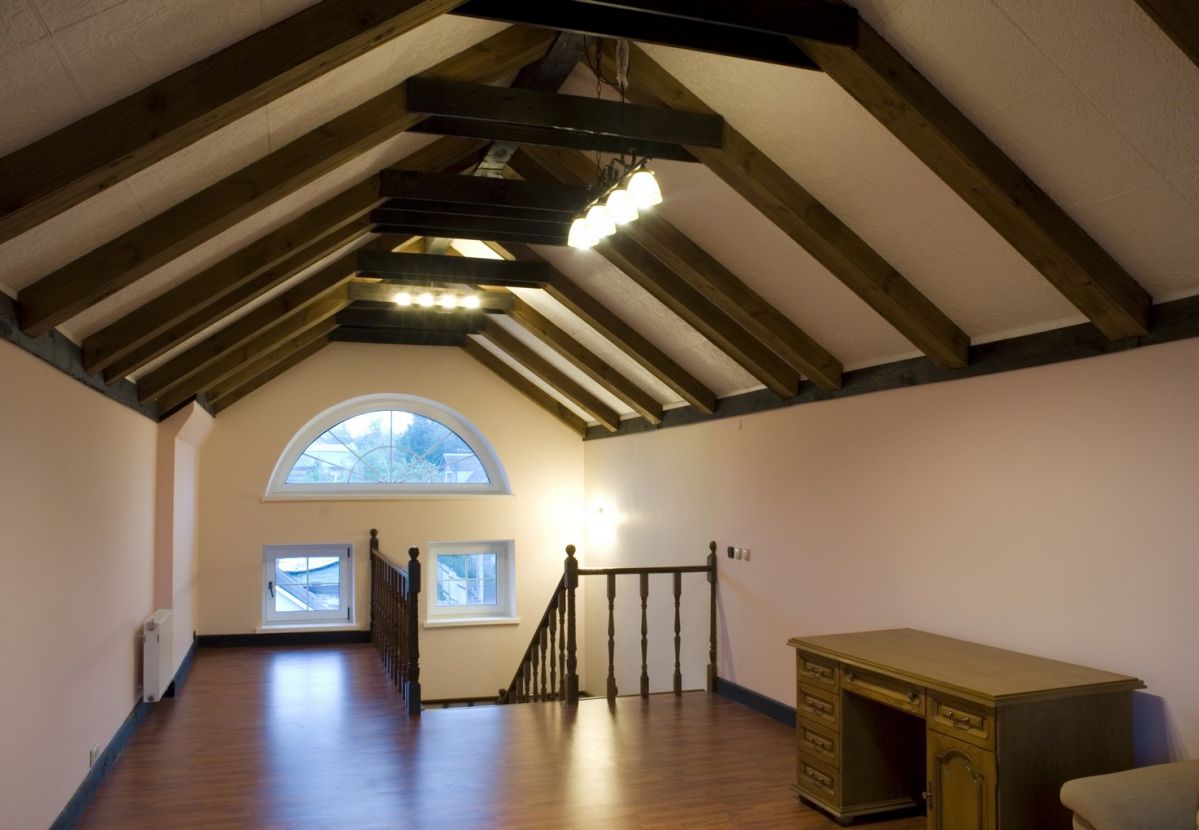 R-value is a good number to know when it comes to your insulation. “R-value” is defined as a material’s resistance to heat transfer, the higher the number is, the more insulated your house is. But using the highest R-value insulations isn’t always energy efficient, depending on what type of climate your home is in. Consult a professional insulation contractor for further advice about your home.
R-value is a good number to know when it comes to your insulation. “R-value” is defined as a material’s resistance to heat transfer, the higher the number is, the more insulated your house is. But using the highest R-value insulations isn’t always energy efficient, depending on what type of climate your home is in. Consult a professional insulation contractor for further advice about your home.- To determine how much material to buy, first measure out the square footage of your space to be insulated. This translates pretty well for batts and rolls that measure in the same way, but can get confusing for loose fill materials. As a general rule of thumb, there is a certain number of bags you’ll need to cover 1,000 square feet of surface at a certain depth. This is all for the sake of efficiency and can spare you a great deal of hassle during your insulation planning phase.
- There are few ways to deal with chimneys when it comes to insulation. The most common is purchasing a cap for the chimney top. This can easily help keep some of the heat in and bad weather out. Alternately, some people simply choose to seal off the flue and don’t light real fires. Yet another example is the underrated chimney balloon, which blocks cold weather from entering through the chimney by blocking within the structure itself, just remember to take it out when lighting a fire! Finally, metal flashing seal can be purchased and sprayed around the flue area.
- Spray foam insulation can be used around attic windows as a cost saving insulation option. This is especially helpful with older homes and less effective window frames.
- Be sure to fix that leaky roof before insulating. Moisture damage is the number one enemy to insulation. Even just a little drip can erupt into a breeding ground of mold and mildew, defeating the purpose of the process in the first place.
- If you have a crawl space, be sure to insulate it as well. Any crawl space will need a certain amount of precautions taken to ensure that you’re not losing heat through the bottom of your home. Properly insulate and seal it to keep your mind at ease.
 Let an insulation expert give you an estimate on your project
Let an insulation expert give you an estimate on your project


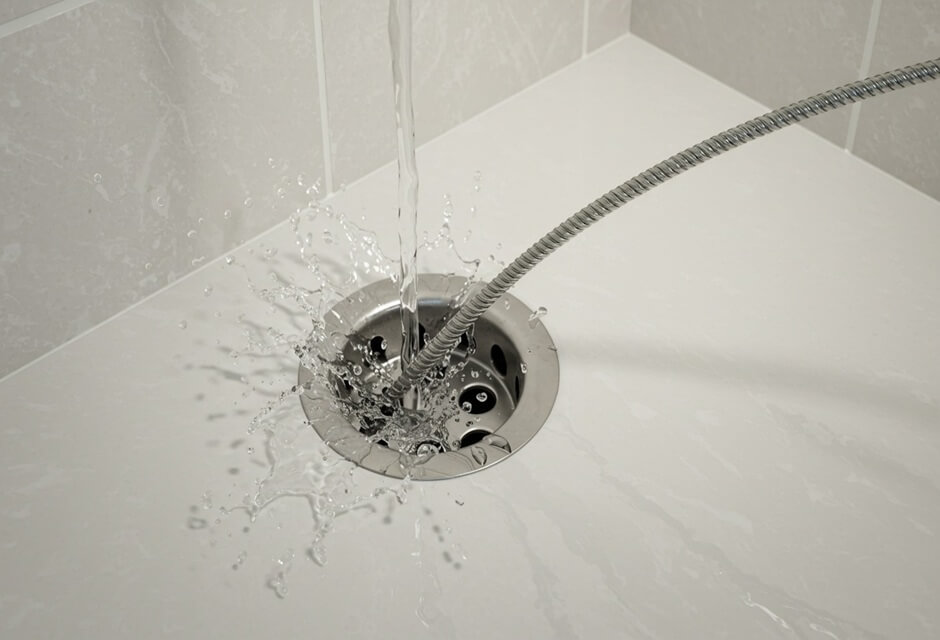
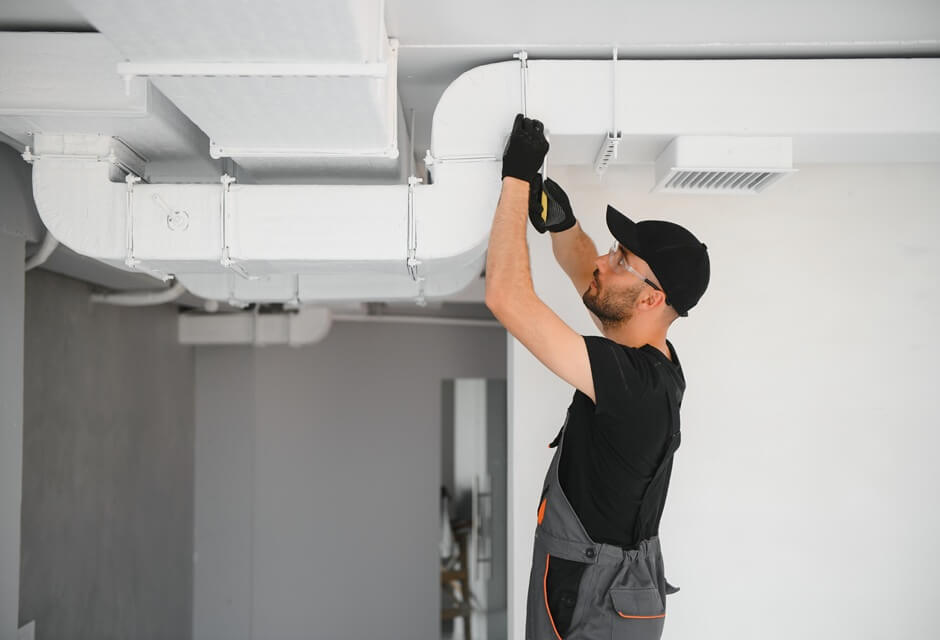
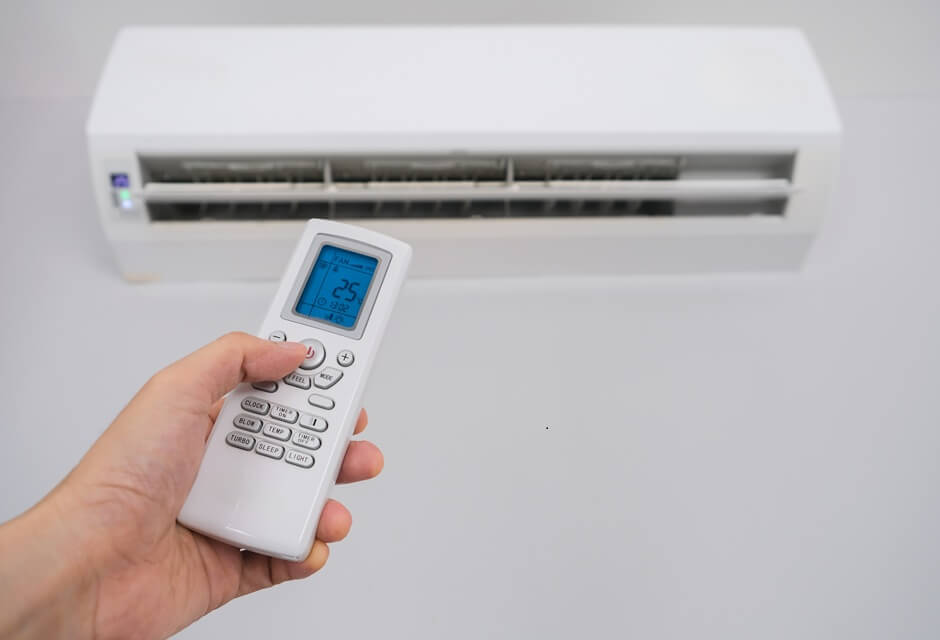
 Member of the
Member of the